The British war memorial in Kolkata built by melting enemy cannons!
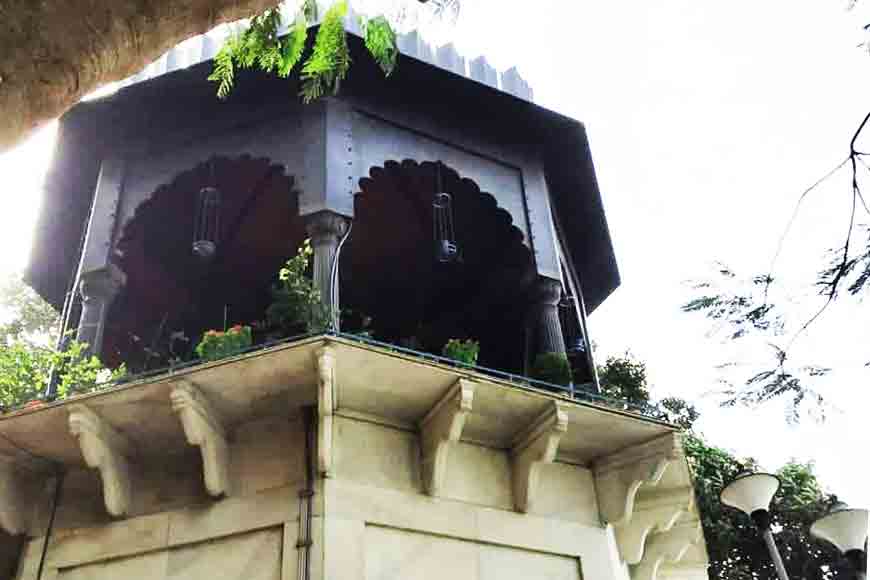
Wish to visit a war memorial built by the British? This one is unique. It was built by the British, but inspired by Mughal architecture. The war memorial of Pepper Pot built in 1847, incidentally had no connection to any war fought in Kolkata.
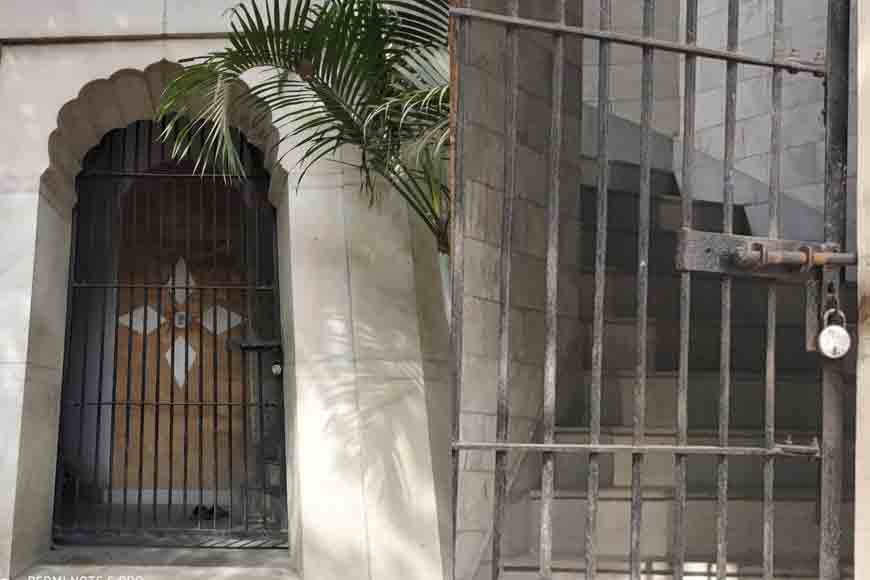 Entrance gate(left) and stairs to the top(right)
Entrance gate(left) and stairs to the top(right)
It was built in memory of the war that was fought in Gwalior in 1843. The British had asked the Queen of Gwalior to reduce her army, but Gwalior defied British orders. Hence, a war followed. Initially the Gwalior Royal Family turned victorious, as they were more powerful. In those days, the British army only had 40,000 soldiers and 40 cannons, while, the Scindias of Gwalior had 18,000 soldiers and 80 cannons.
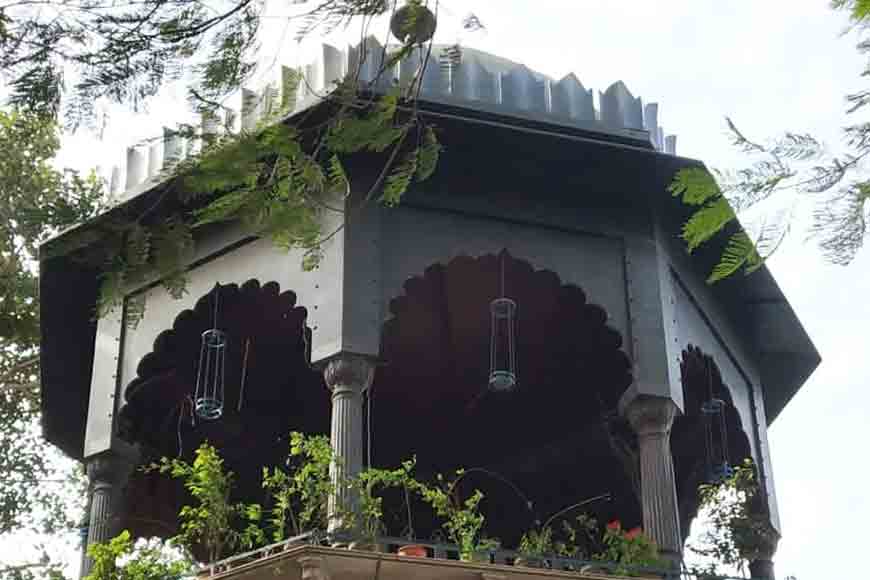 Iron tomb head made from melting enemy cannons
Iron tomb head made from melting enemy cannons
After winning the first phase of the war, the queen of Gwalior and her army failed to hold on to the victory. Ultimately the British won and Gwalior was captured. Kolkata being the British Indian capital, the British celebrated their victory in the Gwalior war by erecting this war memorial in Kolkata. Interestingly, the architecture of this war memorial is purely Indian and has no resemblance to the colonial architecture. Rather it is an example of Mughal architecture, the type one finds in Gwalior.
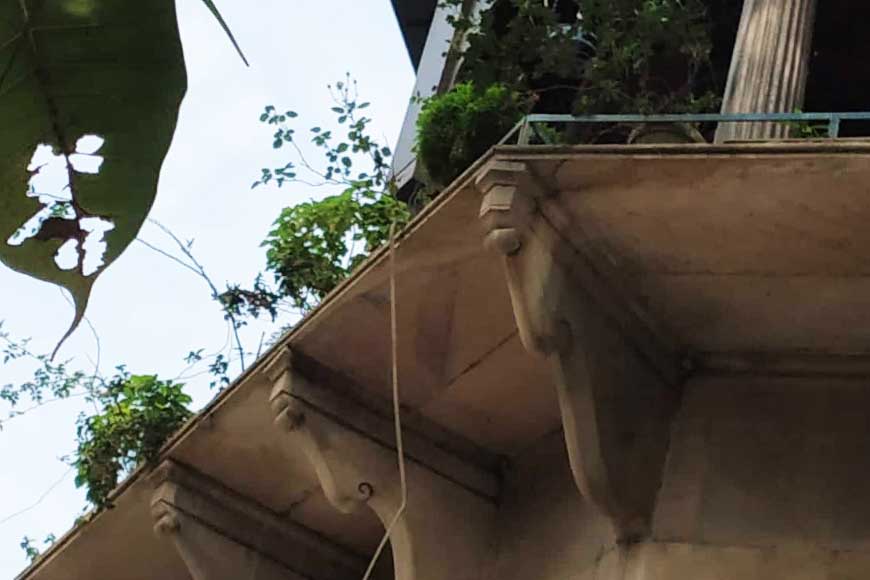 Marble architecture on walls
Marble architecture on walls
Surprisingly, the dome of the memorial was made of metal acquired from melting cannons, captured by the British during the Gwalior war.
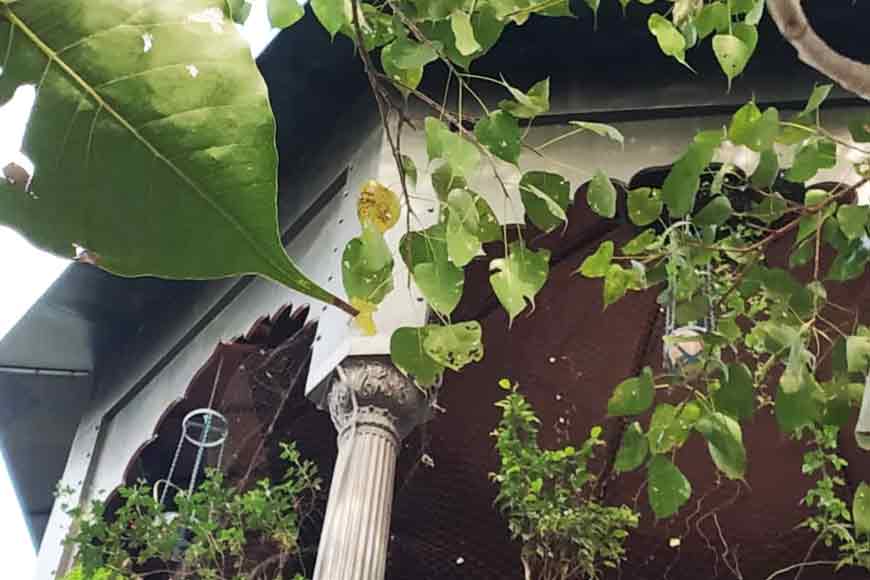 Mughal pillars
Mughal pillars











